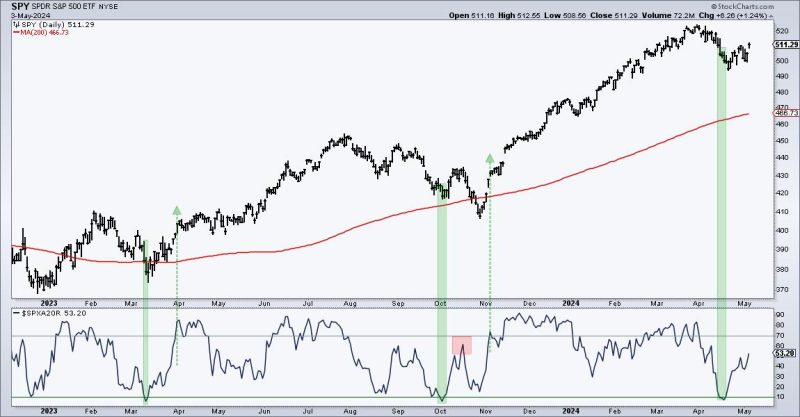In today’s unpredictable market environment, investors are often on the lookout for signs of potential recovery or further decline. The concept of a dead cat bounce has been circulating among traders, referring to a temporary recovery in stock prices following a sharp decline. However, distinguishing between a dead cat bounce and a bounce with legs can be crucial for making informed investment decisions.
A dead cat bounce is characterized by a brief uptick in stock prices, often driven by short-term traders looking to capitalize on the rebound. This phenomenon is typically seen after a significant market downturn, giving the impression of a recovery before prices head lower once again. Investors should be cautious when interpreting a dead cat bounce, as it can be a false signal of a sustainable rally.
On the other hand, a bounce with legs suggests a more sustainable recovery in stock prices, supported by fundamental factors such as strong earnings growth, positive economic indicators, or market-friendly policies. Unlike a dead cat bounce, a bounce with legs indicates a more stable and enduring upward trend in stock prices, providing investors with the confidence to stay invested for the long term.
To differentiate between a dead cat bounce and a bounce with legs, investors should consider multiple factors beyond just price movements. Analyzing company fundamentals, market sentiment, industry trends, and macroeconomic conditions can provide valuable insights into the underlying strength of a market rebound. Additionally, monitoring trading volumes, technical indicators, and investor behavior can help confirm the sustainability of a price rally.
While it can be challenging to accurately predict whether a bounce is temporary or has long-term potential, conducting thorough research and maintaining a disciplined investment strategy can help investors navigate volatile market conditions. By staying informed, remaining patient, and focusing on the underlying fundamentals, investors can make more informed decisions to capitalize on opportunities and mitigate risks in the ever-changing financial landscape.

